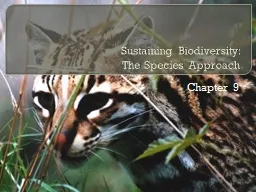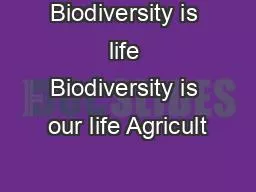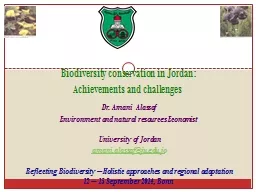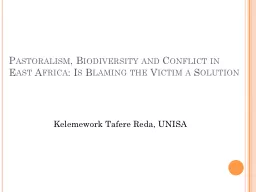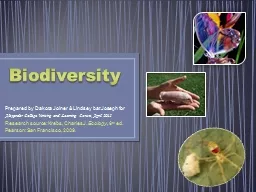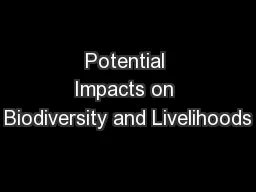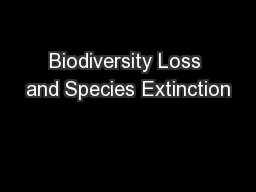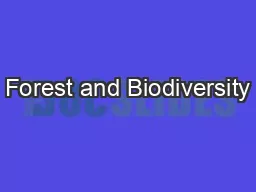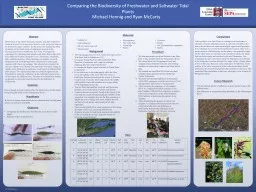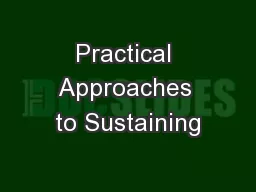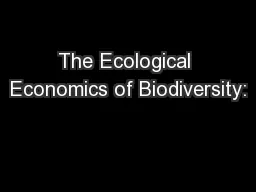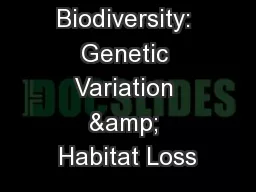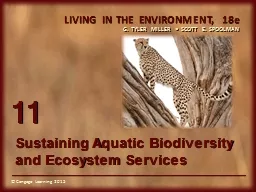PPT-Sustaining Biodiversity:
Author : danika-pritchard | Published Date : 2017-09-04
The Species Approach Chapter 9 Core Case Study The Passenger Pigeon Gone Forever Passenger pigeon hunted to extinction by 1900 Commercial hunters used a stool pigeon
Presentation Embed Code
Download Presentation
Download Presentation The PPT/PDF document "Sustaining Biodiversity:" is the property of its rightful owner. Permission is granted to download and print the materials on this website for personal, non-commercial use only, and to display it on your personal computer provided you do not modify the materials and that you retain all copyright notices contained in the materials. By downloading content from our website, you accept the terms of this agreement.
Sustaining Biodiversity:: Transcript
Download Rules Of Document
"Sustaining Biodiversity:"The content belongs to its owner. You may download and print it for personal use, without modification, and keep all copyright notices. By downloading, you agree to these terms.
Related Documents

